Kim Jong-un’s muscle wielded by OGD
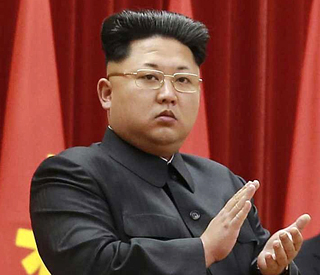
Kim Jong-un
Part 1: How Kim sustains his power
Every other Monday, Ko Soo-suk, a North Korean expert at the JoongAng Ilbo Unification Research Center, will provide an in-depth look at one of the most reclusive nations on the planet. The analyses are based on the senior journalist’s two decades of reporting on North Korea. -Ed.
How does Kim Jong-un remain in power?
Shortly after the young leader inherited the throne following his father’s death in December 2011, Kim purged then-Chief of the General Staff of the Korean People’s Army, Ri Yong-ho, in July 2012. In 2013, he purged and executed his own uncle Jang Song-thaek, then chief of the Central Administrative Department in the Workers’ Party.
Kim went on solidifying his control through the purges of Defense Minister Hyon Yong-chol and also Pyon In-son, head of operations in the Korean People’s Army.
State Security Minister Kim Won-hong, the force behind all of these purges and execution, seemed to suffer the exact same fate when he failed to show up at a meeting of the Supreme People’s Assembly, North Korea’s parliament, on April 11. Local government officials said he was purged for filing false reports to the leader and sent to a political re-education prison camp.
But the spy chief reappeared in state media April 15, standing just a few steps away from Kim Jong-un as he watched a military parade in the North Korean capital of Pyongyang that celebrated the 105th birth anniversary of founder Kim Il Sung, Kim Jong-un’s grandfather.
South Korea’s Ministry of Unification, which handles inter-Korea relations, said it wasn’t certain whether Kim Won-hong had returned to his former post. Four stars were on his uniform that day, which would suggest he did.
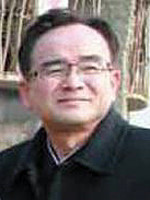
Jo Yong-won
The OGD is even higher up the totem pole than the military. Every Saturday, soldiers and military officials gather for “self-criticism” sessions in which they reflect on their past week and confess any wrongdoings. The OGD is in attendance and documents any hints of antigovernment sentiment. That is why in North Korea, a coup is hard to engineer.
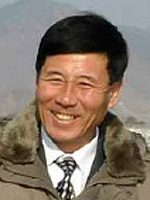
Jo Nam-jin
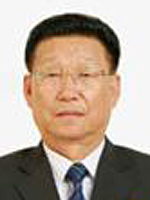
Kim Su-gil
Most members of the OGD are from the Three Revolutions Team Movement, or the samdae hyeokmyeong sojo undong, which refers to ideological, technical and cultural revolutions. Composed of young revolutionaries and elite members of the Workers’ Party, Three Revolutions Teams were dispatched to factories, villages and companies for on-the-spot “guidance” - meaning snooping - paving the way for Kim Jong-il, father of Kim Jong-un, to solidify his control over the nation.
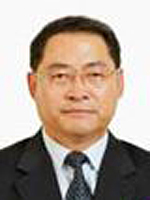
Pak Thae-song
Kim Jong-il would later go on to establish a division dedicated to the Three Revolutions Team Movement within the OGD, from which several members rose to gain power in North Korea’s inner-circle today.
BY KO SOO-SUK, LEE SUNG-EUN [lee.sungeun@joongang.co.kr]










with the Korea JoongAng Daily
To write comments, please log in to one of the accounts.
Standards Board Policy (0/250자)